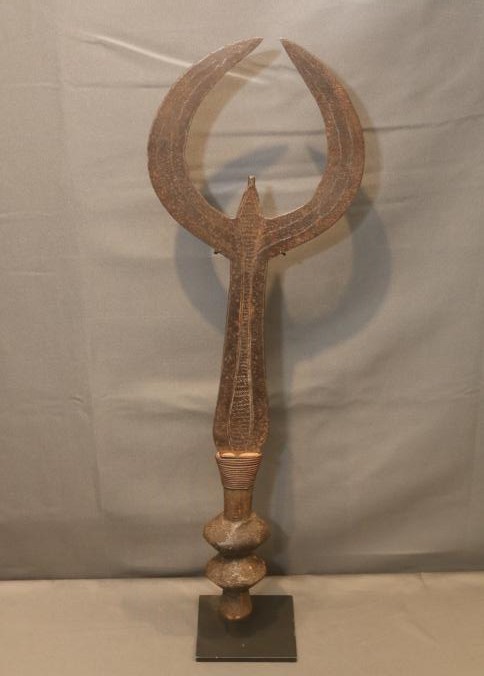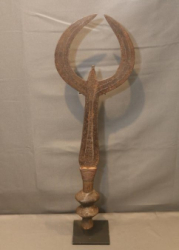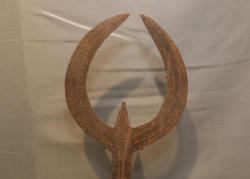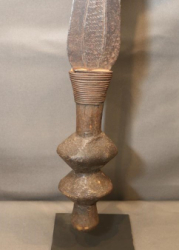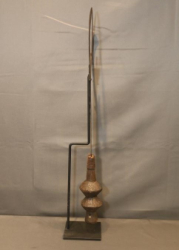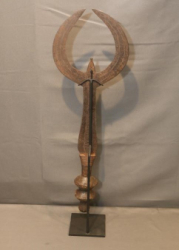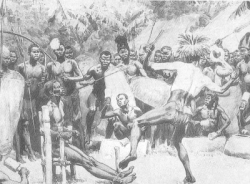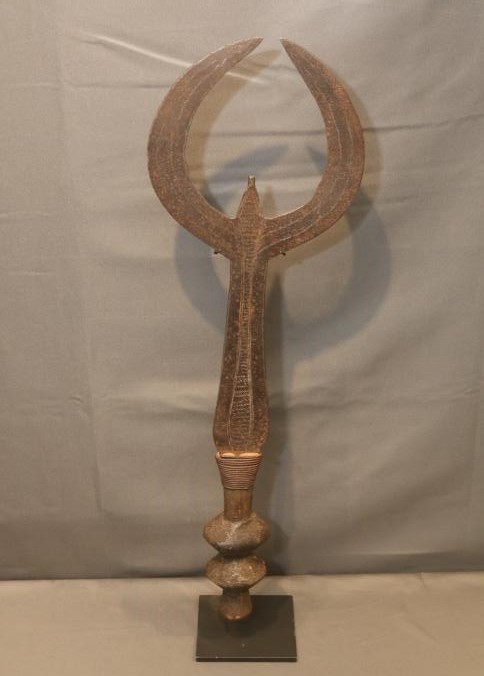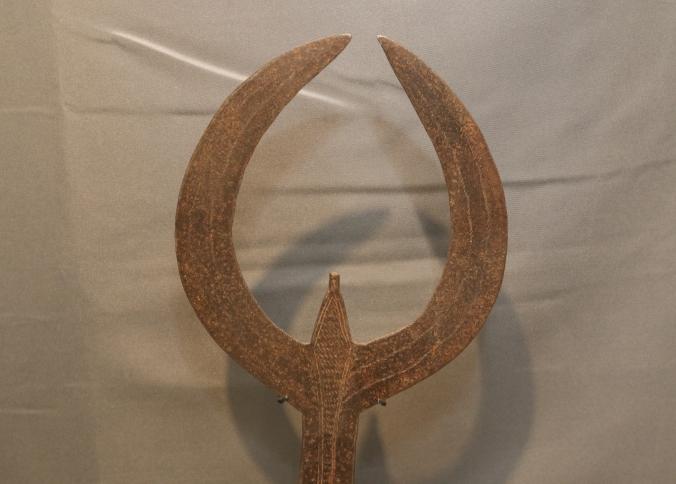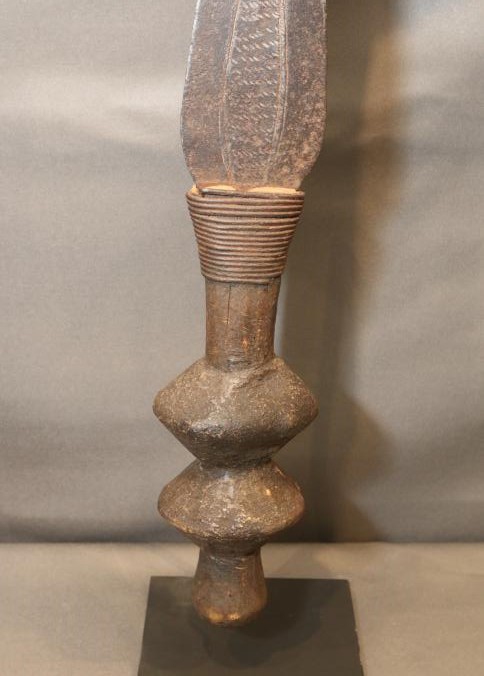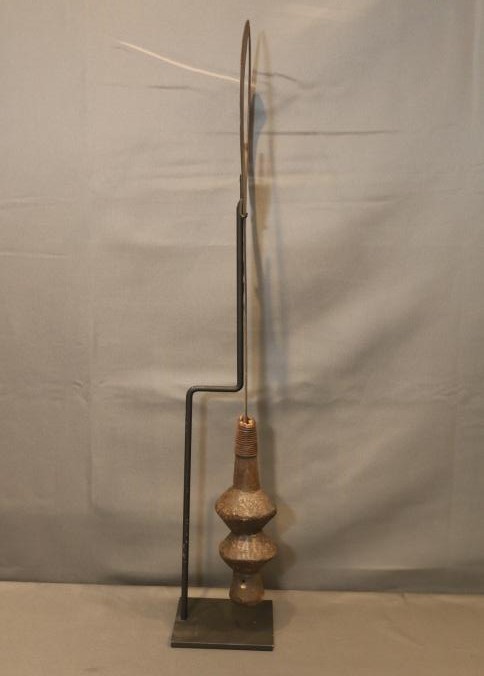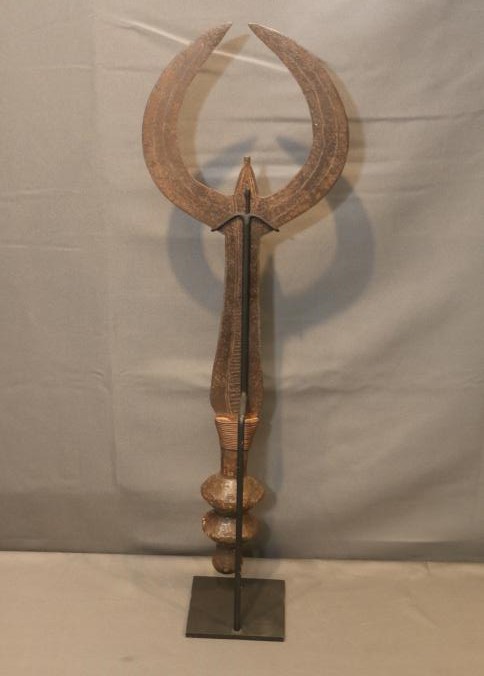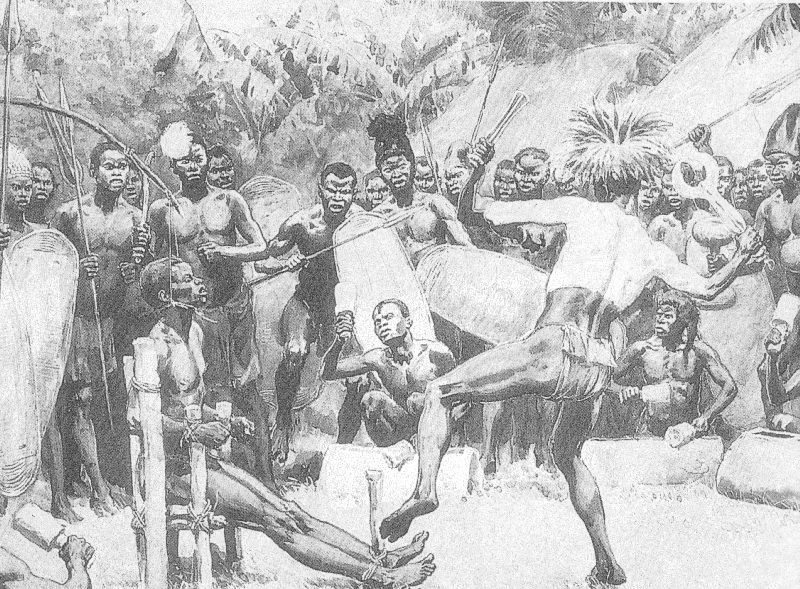Items located in Pleasant Valley, NY. Items include wall plaque from the royal palace, Edo people, Benin; rare masterwork ceremonial ax, Sapo-Sapo/Songye people, Congo; prestige neck ring, Kirdi or Fali people, Nigeria; West African anklet and bracelet bells; late 19thC gold weights, Akan people; and more.
AFRICAN ART COLLECTION OF MARY SUE AND PAUL PETER ROSEN
Mary Sue and Paul Peter Rosen have collected African art for over thirty years, making nine trips to Africa to study the art in its cultural setting. The Rosens have published three African art books, curated more than ten exhibitions from their collection, and have given public lectures about African art and culture. They have donated art from their collection to various institutions including the Newark Museum, Temple University in Philadelphia, the SMA Fathers African Art Museum in Tenafly, New Jersey, and the African American Research Library in Fort Lauderdale, Florida.
Payment is due by Monday, June 3 at 1PM.
Pickup in Pleasant Valley, NY must be completed by Monday, June 3 at 3PM.
All lots sold as is, where is. There is a 15% Buyers Premium for all lots purchased. Payment methods include cash, MC, Visa, Discover or good check. You can make credit card payment online by going to your Member Area and selecting your invoice.
*NOTE* Shipping is available on all items.
AFRICAN ART COLLECTION OF MARY SUE AND PAUL PETER ROSEN
Mary Sue and Paul Peter Rosen have collected African art for over thirty years, making nine trips to Africa to study the art in its cultural setting. The Rosens have published three African art books, curated more than ten exhibitions from their collection, and have given public lectures about African art and culture. They have donated art from their collection to various institutions including the Newark Museum, Temple University in Philadelphia, the SMA Fathers African Art Museum in Tenafly, New Jersey, and the African American Research Library in Fort Lauderdale, Florida.
Payment is due by Monday, June 3 at 1PM.
Pickup in Pleasant Valley, NY must be completed by Monday, June 3 at 3PM.
All lots sold as is, where is. There is a 15% Buyers Premium for all lots purchased. Payment methods include cash, MC, Visa, Discover or good check. You can make credit card payment online by going to your Member Area and selecting your invoice.
*NOTE* Shipping is available on all items.
Auction Info
Items located in Pleasant Valley, NY. Items include wall plaque from the royal palace, Edo people, Benin; rare masterwork ceremonial ax, Sapo-Sapo/Songye people, Congo; prestige neck ring, Kirdi or Fali people, Nigeria; West African anklet and bracelet bells; late 19thC gold weights, Akan people; and more.
AFRICAN ART COLLECTION OF MARY SUE AND PAUL PETER ROSEN
Mary Sue and Paul Peter Rosen have collected African art for over thirty years, making nine trips to Africa to study the art in its cultural setting. The Rosens have published three African art books, curated more than ten exhibitions from their collection, and have given public lectures about African art and culture. They have donated art from their collection to various institutions including the Newark Museum, Temple University in Philadelphia, the SMA Fathers African Art Museum in Tenafly, New Jersey, and the African American Research Library in Fort Lauderdale, Florida.
Payment is due by Monday, June 3 at 1PM.
Pickup in Pleasant Valley, NY must be completed by Monday, June 3 at 3PM.
All lots sold as is, where is. There is a 15% Buyers Premium for all lots purchased. Payment methods include cash, MC, Visa, Discover or good check. You can make credit card payment online by going to your Member Area and selecting your invoice.
*NOTE* Shipping is available on all items.
AFRICAN ART COLLECTION OF MARY SUE AND PAUL PETER ROSEN
Mary Sue and Paul Peter Rosen have collected African art for over thirty years, making nine trips to Africa to study the art in its cultural setting. The Rosens have published three African art books, curated more than ten exhibitions from their collection, and have given public lectures about African art and culture. They have donated art from their collection to various institutions including the Newark Museum, Temple University in Philadelphia, the SMA Fathers African Art Museum in Tenafly, New Jersey, and the African American Research Library in Fort Lauderdale, Florida.
Payment is due by Monday, June 3 at 1PM.
Pickup in Pleasant Valley, NY must be completed by Monday, June 3 at 3PM.
All lots sold as is, where is. There is a 15% Buyers Premium for all lots purchased. Payment methods include cash, MC, Visa, Discover or good check. You can make credit card payment online by going to your Member Area and selecting your invoice.
*NOTE* Shipping is available on all items.
Categories:
CHIEF?S CEREMONIAL EXECUTION KNIFE. Ngombe people, Congo. Ceremonial execution knifes were carried by Chiefs and senior members of the tribe during Likbeti, an important 2-day long dance event that culminated in the beheading of a slave or war captive. By the 1800s, when the value of slaves had increased because they could be sold to Europeans, a goat became the victim for decapitation. Knives with a bifurcated, curved blade such as the one in this lot were reserved for a Chief. The picture shows a fictional scene published in an 1890 edition of the British publication, The Graphic, depicting the decapitation of a slave by a Ngombe Chief. Images like this were published to show the purported savagery of the Congolese people at a time when the British (e.g.. Stanley and Livingston) were exploring the Congo with the intention of converting the natives to Christianity. The shaft and blade are decorated with incised and dotted ornamentation and the base of the blade is wrapped in wire to secure it in the wooden handle. On custom base. Iron, wood, wire. H24in. Ex Scott Semans Collection.
More Details
CHIEF?S CEREMONIAL EXECUTION KNIFE. Ngombe people, Congo. Ceremonial execution knifes were carried by Chiefs and senior members of the tribe during Likbeti, an important 2-day long dance event that culminated in the beheading of a slave or war captive. By the 1800s, when the value of slaves had increased because they could be sold to Europeans, a goat became the victim for decapitation. Knives with a bifurcated, curved blade such as the one in this lot were reserved for a Chief. The picture shows a fictional scene published in an 1890 edition of the British publication, The Graphic, depicting the decapitation of a slave by a Ngombe Chief. Images like this were published to show the purported savagery of the Congolese people at a time when the British (e.g.. Stanley and Livingston) were exploring the Congo with the intention of converting the natives to Christianity. The shaft and blade are decorated with incised and dotted ornamentation and the base of the blade is wrapped in wire to secure it in the wooden handle. On custom base. Iron, wood, wire. H24in. Ex Scott Semans Collection.
High Bid:
$150.00 – bullish13
Auction Type: One Lot
Quantity: 1
Bidding has closed on this lot

